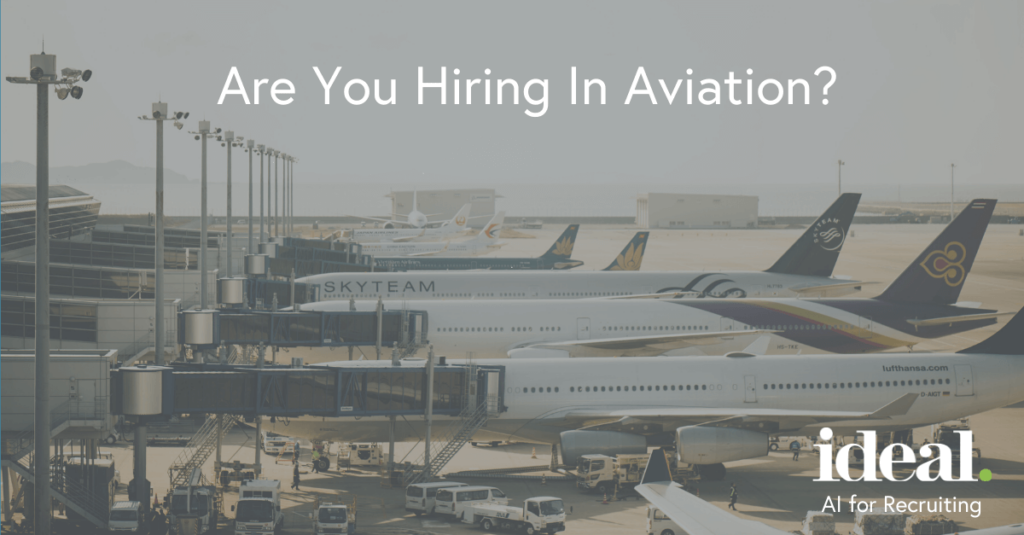We’re noticing growth in almost every aviation role out there. Are you looking to grow your workforce?

The overall growth in hiring for pilots and flight attendants between now and 2028 is expected to be about six percent. Just last year, The Wall Street Journal called the situation in aviation hiring “a critical pilot shortage.” Airline carriers are raising salaries and launching more training programs to deal with that, and there’s a boom in flight attendant hiring too: that profession is expected to grow 10 percent from now until 2028, and Delta is hiring 1,000 new flight attendants for 2020. Tech ops and mechanical roles are on the rise too — American Airlines is hiring 165 new tech ops people just in Tulsa, Oklahoma. This all makes sense, too, especially for pilots and some of the mechanical roles: there is a “graying” (aging) of the aviation industry, and younger people entering the workforce (Z/millennial) aren’t necessarily interested in aviation careers. But we all have work events and vacations we want to attend, so we want to keep the planes moving. How can aviation streamline their hiring processes?
This is where technology can help
The shortage of pilots and other aviation roles is partially a time to hire issue, but that’s only part of it. It’s more of a generational issue, which means we continually will need to be solving it and filling the pipeline with new aviation employees.
To solve such a long-term problem means you need a consistent strategy and a way to repeatedly execute said strategy.
We know this: humans are not as good as machines at rote, repeated tasks … and much of top-of-funnel hiring, such as screening runway operators, flight attendants, mechanics, in-terminal customer-facing employees, and more. (For a good understanding of which recruiting tasks should and should not be left to machines, read this.)
To remember above all: Anything involving automation doesn’t necessarily mean that you, as a recruiter, will lose your job tomorrow. It just means a more effective, time-sensitive, repeatable way of getting the best aviation professionals. It means you are focusing on targeted, consistent interviews … and the tech is focusing on presenting you the needles in the haystacks that you need to adjust for a “graying” industry.
As you saw with the American Airlines and Delta examples in the introduction, oftentimes airline carriers go into high-volume hiring mode. High-volume hiring is a different beast for talent acquisition professionals, but it can be maximized.
Beyond hiring
Some other things airline carriers should consider to get more people interested in the field:
- Higher salaries at all roles
- More training opportunities, including apprenticeship programs for more technical roles
- Partnerships with local universities and high schools (start them on “Flight Simulator” type programs)
- Play up the consistent travel, opportunity to see multiple areas of the world angle in employer branding
- More leadership development programs (Southwest Airlines has a great one for operational leaders)
Point being: hiring is a huge part of the battle, and using a platform like Ideal will help you get quality employees who tend to stay longer. That being said, the industry also needs to be courting those potential employees and developing them once they arrive. Consistent turnover just means consistent role-filling, which can be challenging and draining for TA professionals, and expensive for your business.
To sum it all up
You’re trying to be more efficient and find time value; airline travel is a huge societal aspect, and it’s a big part of our relationships to work and experiences with family/friends (we often need to fly to see others). We need aviation to be done right, and for that, we need talented people. As a result, airline talent acquisition is a massively important space. All the tech helps to do is maximize what can be done in this area.